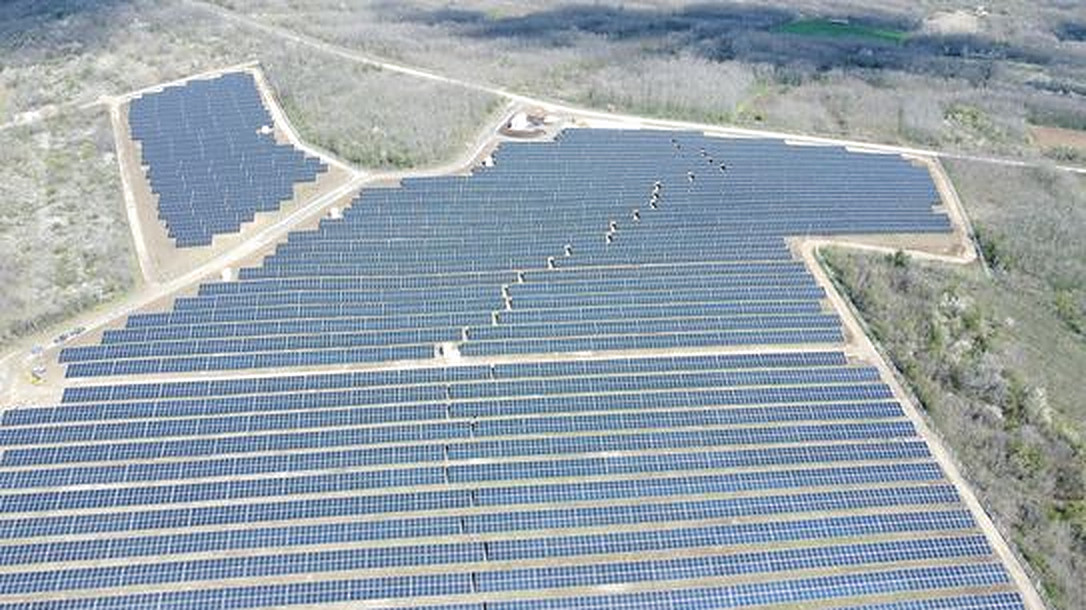The Serbian Ministry of Mining and Energy has signed a memorandum of understanding (MoU) with Chinese companies Shanghai Fengling Renewables and Serbia Zijin Copper. It envisages the construction of 1.5 GW wind and 500 MW of solar projects alongside a green hydrogen production facility with 30,000 tons of annual output.

Serbia has secured an investment commitment from Chinese companies Shanghai Fengling Renewables and Serbia Zijin Copper to the tune of €2 billion ($2.18 billion) in what the Serbia’s Minining and Energy Ministry described as the biggest investment in renewable energy in the country to date.
The ministry and Shanghai Fengling Renewable, the main investor in the project, and Serbia Zijin Copper, a local subsidiary of Zijin Mining, signed a MoU last week. The agreement envisages the construction of a 1.5 GW wind project, a 500 MW solar plant, and a hydrogen production plant with an annual capacity of around 30,000 metric tons by 2028.
The projects will be located near the town of Bor, eastern Serbia, and used to power nearby copper mine and smelter owned by Zijin. “This project will enable Zijin to produce a significant part of [its] electricity needs in a sustainable way,” said Dubravka Djedovic Handanovic, Serbia’s mining and energy minister.
In 2018, Zijin Mining became Serbia’s strategic partner in the RTB Bor copper mine, pledging to invest $1.26 billion in return for a 63% stake. In 2021, it commissioned the Cukaru Peki copper and gold mine as part of the RTB Bor operation. Last year, the Chinese miner said it was looking to invest a further $3.8 billion in the expansion of its copper mine, which would allow it dig as deep as two kilometers.
According to the Balkan Investigative Reporting Network (BIRN), China invested €32 billion in the region in 2009-2021 with the Belt and Road Initiative serving as the main driver for expanding the Asian country’s economic presence in the Balkans. In Serbia alone, Chinese investment reached €10.3 billion.
“This investment will help us achieve energy security and independence goals and…reach carbon neutrality by 2050,” said Djedovic Handanovic.
The project is expected to break ground in the first quarter of 2025. The first phase is to be delivered by mid-2026. Djedovic Handanovic said that the project would create between 300 and 500 jobs.
According to the Association of Renewable Energy Sources of Serbia, the country has installed around 60 MW of solar. However, that figure is not exact, as there is no official registry for solar installed for self-consumption at this stage. Last April, Serbia switched on its largest utility-scale solar project, the 9.9 MW DeLasol PV project in the Lapovo, central Serbia.
This content is protected by copyright and may not be reused. If you want to cooperate with us and would like to reuse some of our content, please contact: editors@pv-magazine.com.
Source from pv magazine
Disclaimer: The information set forth above is provided by pv-magazine.com independently of Chovm.com. Chovm.com makes no representation and warranties as to the quality and reliability of the seller and products.




